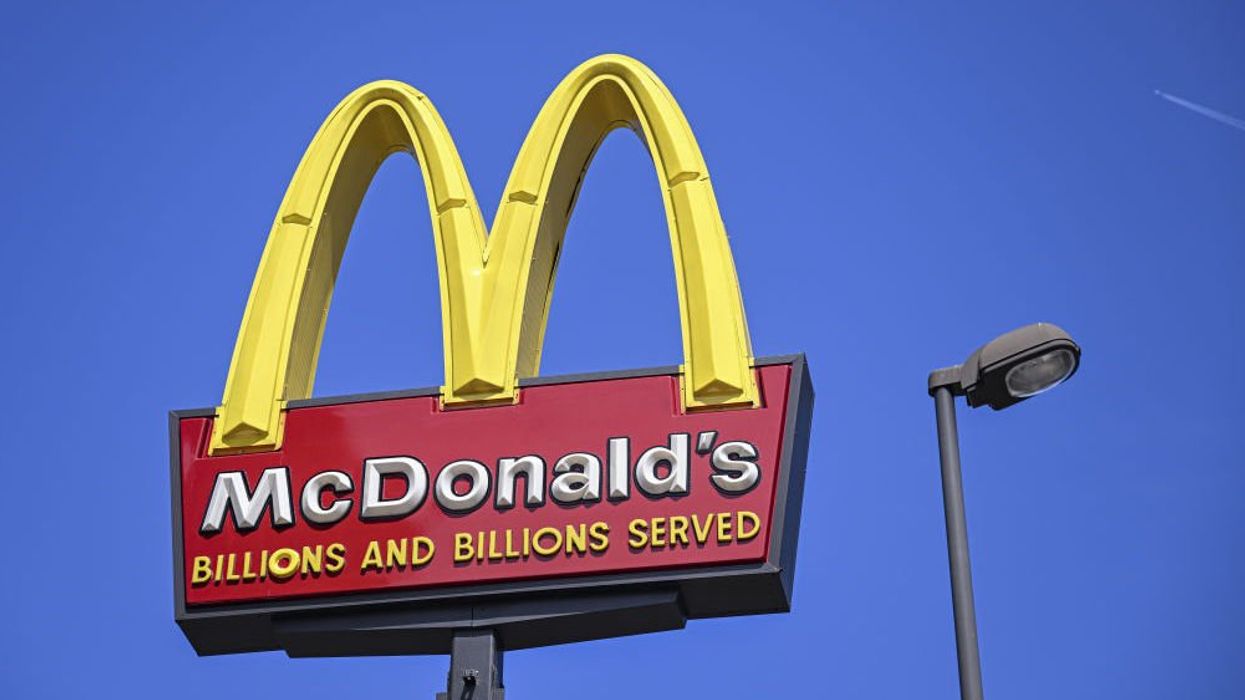
Celal Gunes/Anadolu Agency via Getty Images

Beginning April 1, every fast food restaurant in California will have to pay their employees a minimum wage of $20 per hour. Unfortunately, the negative costs of the law, signed by Gov. Gavin Newsom (D) last year, are already adding up.
Ahead of the law taking effect, California restaurant owners are already taking steps to mitigate costs of increased labor, the Wall Street Journal reported. They are going about it in three ways.
Blaze News reported last year that two Pizza Hut franchisee-holding companies had already filed government notices to lay off all their delivery drivers, impacting more than 1,200 drivers.
Now, customers who order pizza from those restaurants and want it delivered to their house will be forced to use third-party apps, like DoorDash, GrubHub, and Uber Eats. That means customers will be paying more for the same product because of the added costs associated with those apps.
"Pizza Hut was my career for nearly a decade and with little to no notice it was taken away," Michael Ojeda, a Pizza Hut delivery driver, told the Wall Street Journal.
Round Table Pizza is also eliminating dozens of delivery driver positions. A spokesperson for Round Table's parent company, Fat Brands, said such drastic measures are necessary to ensure the overall financial health of the business.
"This is the reality of today’s restaurants. Operators are doing their best to retain staff and keep doors open," the spokesperson said.
Alexander Johnson, the owner of 10 Auntie Anne’s and Cinnabon restaurants, told the Wall Street Journal he had to reduce his workforce by 10 employees to cover the $470,000 annual cost of the forced wage increase.
Another way businesses are reducing costs is by cutting employees' hours and enacting a moratorium on hiring new employees.
"I can't charge $20 for Happy Meals. I'm leaving no stones unturned," Scott Rodrick, the owner of 18 McDonald's restaurants, told the Wall Street Journal.
The second primary way that restaurant operators will offset the cost of government-forced payroll increases is by raising menu prices.
McDonalds, Chipotle, and Jack in the Box have already committed to raising the price of their food. You can bet other national chains will follow suit.
How much prices will go up across the board remains to be seen, though it could be as much as 8-10%.
That's because, according to the Wall Street Journal, restaurants need to increase their prices 2% to cover the cost of every $1 in hourly wage increase. Right now, the minimum wage in California is $16 per hour.
Burger King, Jack in the Box, Denny's, and El Pollo Loco are some of the restaurants looking to reduce costs by introducing more technology into their restaurants to replace hourly workers.
Self-service kiosks, robot fryers, and automated salsa-making are just a few ways those companies are exploring how technology can reduce labor costs.
Like Blaze News? Bypass the censors, sign up for our newsletters, and get stories like this direct to your inbox. Sign up here!